Philadelphia Traffic Deaths Remain High
June 5, 2025 For the first three quarters of last year, the number of deadly crashes in Philadelphia that involved bicyclists and pedestrians painted a hopeful picture: the fatality rate was the lowest it had been in five years. However, the fourth quarter took a tragic turn when 35 individuals sustained fatal injuries. This number is higher than it was in the fourth quarter of 2023, when 26 people were killed, and in 2022, when 25 individuals lost their lives. According to the Bicycle Coalition of Greater Philadelphia, or BCGP, there are two main things to be concerned about: the fact that deadly crashes are not decreasing, and that they are beginning to plateau.
For the first three quarters of last year, the number of deadly crashes in Philadelphia that involved bicyclists and pedestrians painted a hopeful picture: the fatality rate was the lowest it had been in five years. However, the fourth quarter took a tragic turn when 35 individuals sustained fatal injuries. This number is higher than it was in the fourth quarter of 2023, when 26 people were killed, and in 2022, when 25 individuals lost their lives. According to the Bicycle Coalition of Greater Philadelphia, or BCGP, there are two main things to be concerned about: the fact that deadly crashes are not decreasing, and that they are beginning to plateau.
The Coalition observed that pedestrian deaths and hit-and-runs may be down a bit since last year, but that they continue to account for a large percentage of Philadelphia’s traffic-related fatalities. Another important takeaway from the BCGP’s report is that 62% of these deaths occur on state roads. While this may not sound noteworthy, it is. Unless there is an agreement with the city, state roads are owned and maintained by the state. This is important because state roads are much more difficult to redesign. This is due to issues such as traffic calming guidelines, preemptions in the vehicle code, and the size and nature of whatever the necessary improvements may be.
Other obstacles that our city faces when it comes to lowering traffic fatalities include:
- Major roads, like Vine Street, Oregon Avenue, and Aramingo Ave. (amongst others) still have not received traffic calming measures like speed bumps. In fact, 80% of traffic deaths happen on only 12% of the city’s streets.
- Although lowering vehicle speeds and shrinking the size of the roadway is proven to work, Pennsylvania’s vehicle code currently states that cars have to be parked within 12 inches of the curb. No other state in the U.S. interprets it to mean it this way, but PennDOT, or the Pennsylvania Department of Transportation, interprets it to mean that nothing can be built between the physical curb and parking that would push parking further than 12 inches away. PennDOT refused the Coalition’s pleas to reinterpret the vehicle code to include paint markings, a low-sloped curb, or flex posts, but the agency has refused to build parking-protected bike lanes until new legislation is passed, despite knowing the very real dangers.
Many cities across the country have adopted a “Vision Zero” approach to traffic accidents. Through various controls, like increased traffic law enforcement, engineering, and education, the goal is to entirely reduce life-changing injuries and deaths related to traffic accidents. Across the country – and around the world – studies have shown that the Vision Zero approach is an effective one. In Sweden, traffic deaths have been reduced by 30% since implementing the policy. Some states have reduced traffic-related deaths by more than 40% since initiating theirs.
Roadway Safety Tips
As public safety advocates continue to fight to make our streets safer, particularly for vulnerable users like cyclists and pedestrians, there are plenty of ways that you, too, can help protect people. Here are some helpful examples from the Federal Motor Carrier Safety Administration, or FMCSA:
- Avoid lingering in blind spots. Large vehicles have large blind spots, which makes it difficult for drivers to see bicyclists and pedestrians. Avoid riding or walking behind a truck or bus that is backing up; drivers often cannot see directly behind their vehicle.
- Prepare for wide turns. This is because trucks and buses do not maneuver as easily as smaller vehicles, so they need to make wide, careful turns. If a large vehicle is stopped at an intersection or about to make a right turn, wait for it to turn before you continue. Step back from the curb to be safe.
- Make yourself visible. Bright clothing is best for visibility during the day. At night or during bad weather, use reflectors and lights on your bike and carry a flashlight or a headlight while walking.
- Be aware of long stopping distances. Large trucks and buses need a length of up to two football fields to safely stop. Bicycles should avoid merging closely in front of a moving truck or bus.
- Drivers, pedestrians, and bicyclists should all obey all traffic laws, signals, and signs.
- Avoid driving, walking, and riding impaired. If you’ve been drinking, use public transportation or a ride-share service.
- Stay alert and undistracted at all times.
If you are from Philadelphia or the surrounding area and you were injured in a traffic accident, someone at our firm can help. Our attorneys have been fighting on behalf of injured individuals for decades. If you would like to learn more, please contact a representative online now.
Philadelphia Personal Injury Attorneys at Galfand Berger, LLP, Representing Automobile Accident Victims Since 1947
Contact the Philadelphia personal injury attorneys at Galfand Berger LLP today. Call us at 800-222-USWA (8792) or fill out our online form for a free consultation. Located in Philadelphia, Bethlehem, Lancaster, and Reading, we serve clients throughout New Jersey and Pennsylvania, including Allentown and Harrisburg.
 Google Screened
Google Screened
